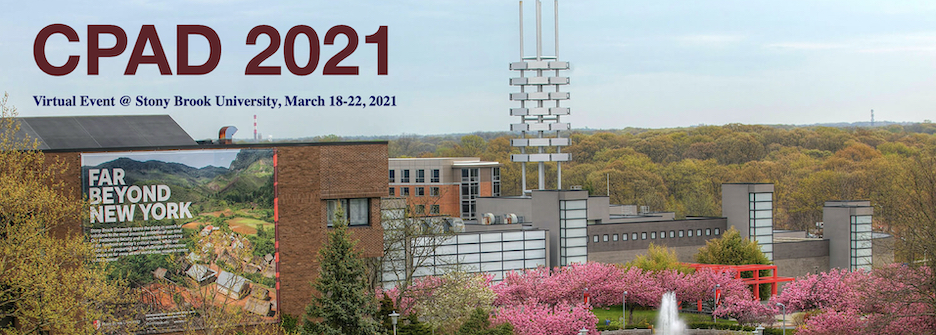Speaker
Description
Silicon Photo-Multipliers (SiPMs) have emerged as a compelling photo-sensor solution over the course of the last decade. SiPMs consist of an array of tightly packed microcells with each microcell acting as an avalanche photodiode that can behave in the Geiger mode regime when the device is reverse biased above a threshold voltage (breakdown voltage). In contrast to the widely used Photomultiplier Tubes (PMTs), SiPMs are low voltage powered, optimal for operation at cryogenic temperatures, and have low radioactivity levels with high gain stability over the time in operational conditions. For these reasons, large-scale low-background cryogenic experiments, such as DarkSide and nEXO plan to use this type of photodetector for their dark matter and neutrinoless double beta decay search. Despite their excellent Photon Detection Efficiency (PDE) SiPMs suffer however from Dark and correlated avalanche noise (After Pulse and Cross-Talk) that can reduce their pulse counting characteristics. In order to optimize the performances of new generation of SiPMs and to understand the noise characteristics of the existing ones in this talk we will propose a new physics motivated model to explain the over voltage dependence of the SiPM nuisance processes i.e. Dark Noise, After Pulse and Cross-Talk. The starting point is the extraction of the electron and hole avalanche triggering probabilities. Then we show that we can describe the over-voltage dependence of these three processes using a minimum set of parameters. In particular we will explain how it is possible to use the over voltage dependence to discriminate the type of carrier that initialise the avalanche and therefore extract the relative contribution of electrons vs holes in p-on-n SiPMs. In the talk we will show preliminary results for the characterization of the Hamamatsu VUV4 MPPC one Fondazione-Bruno-Kessler (FBK) SiPM.
